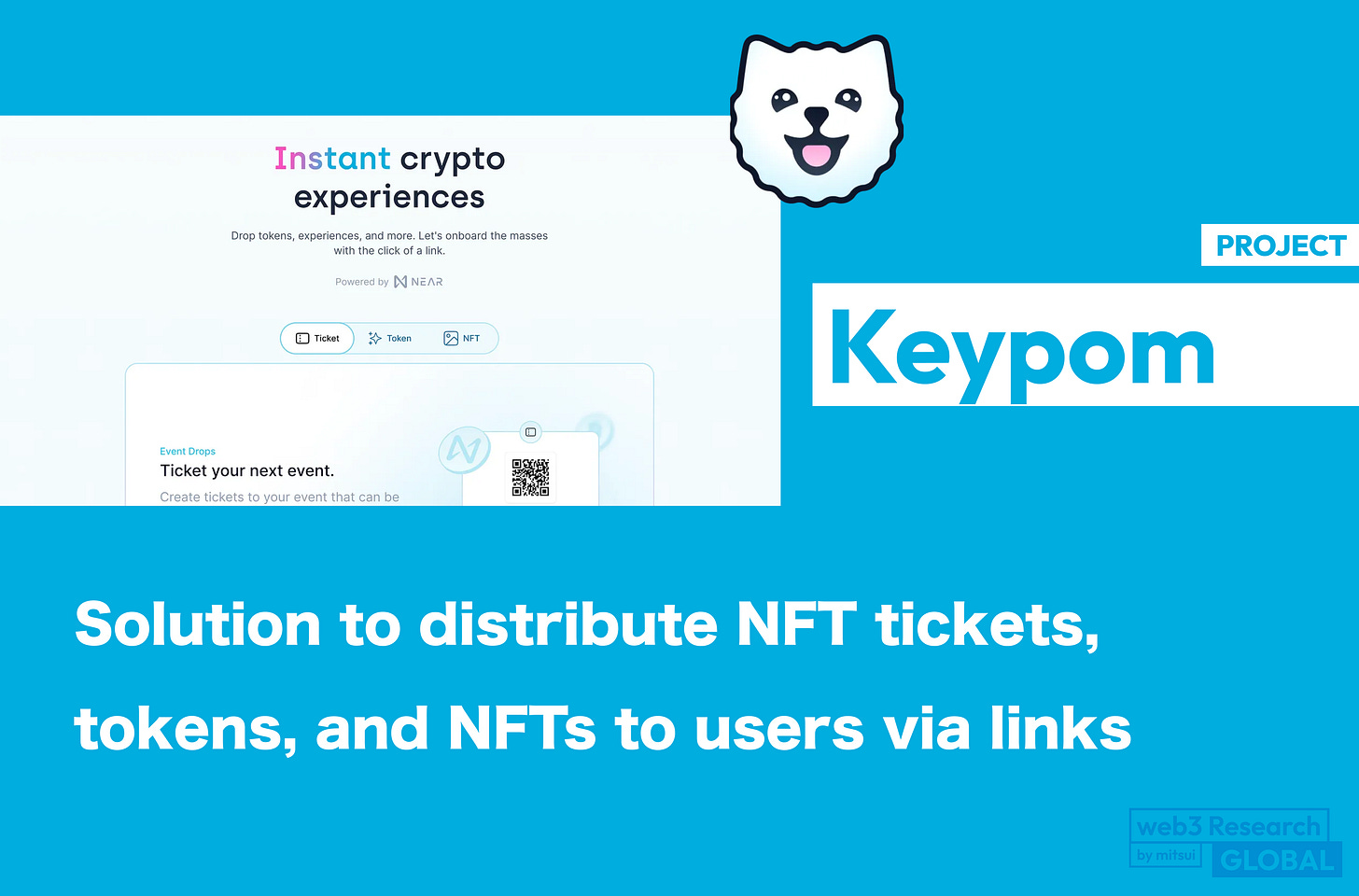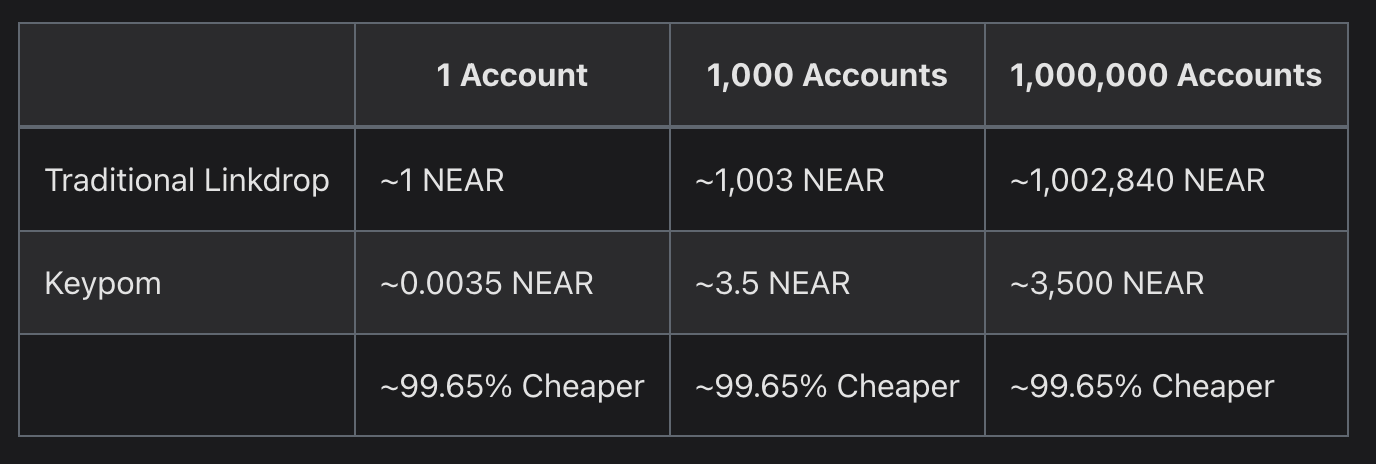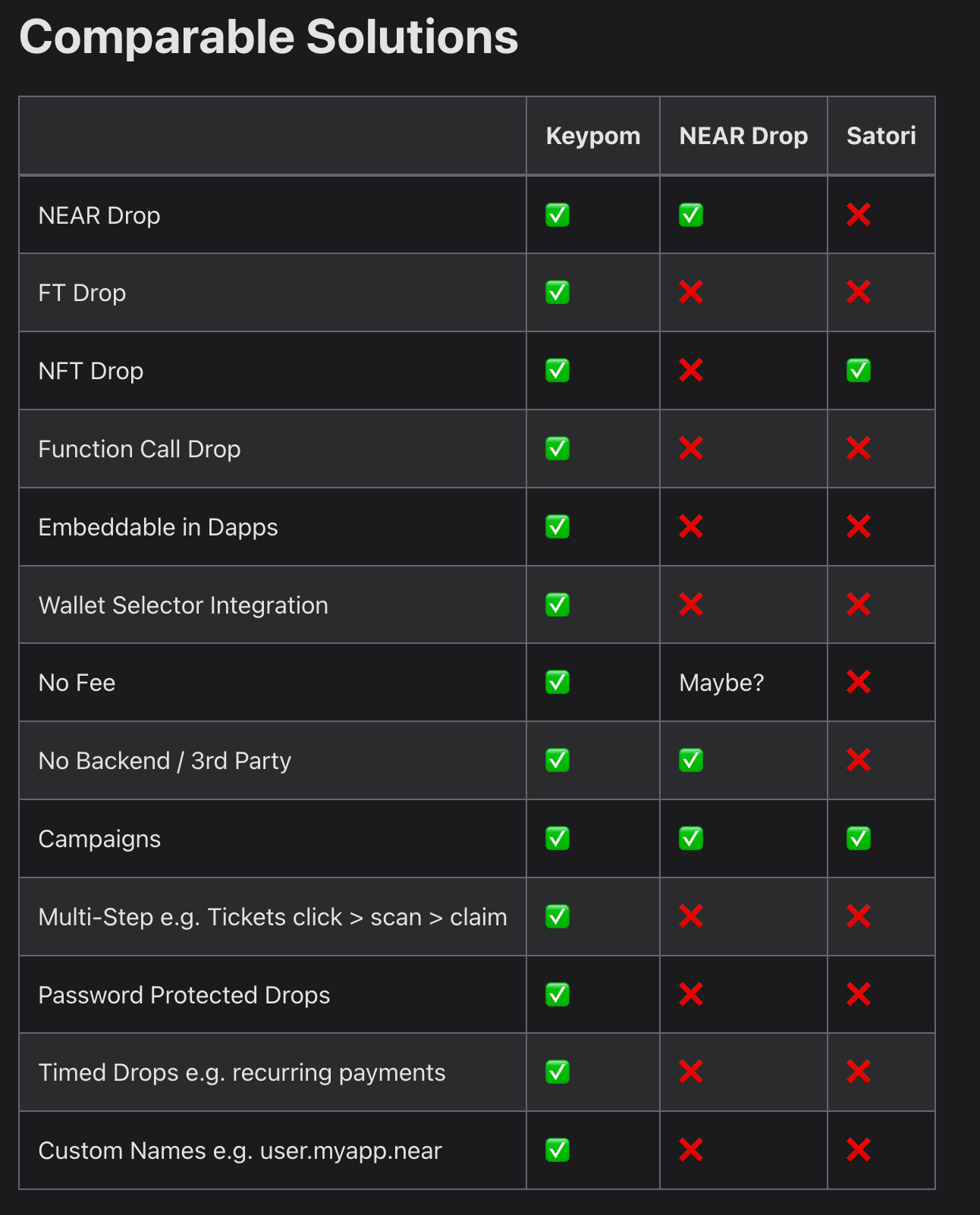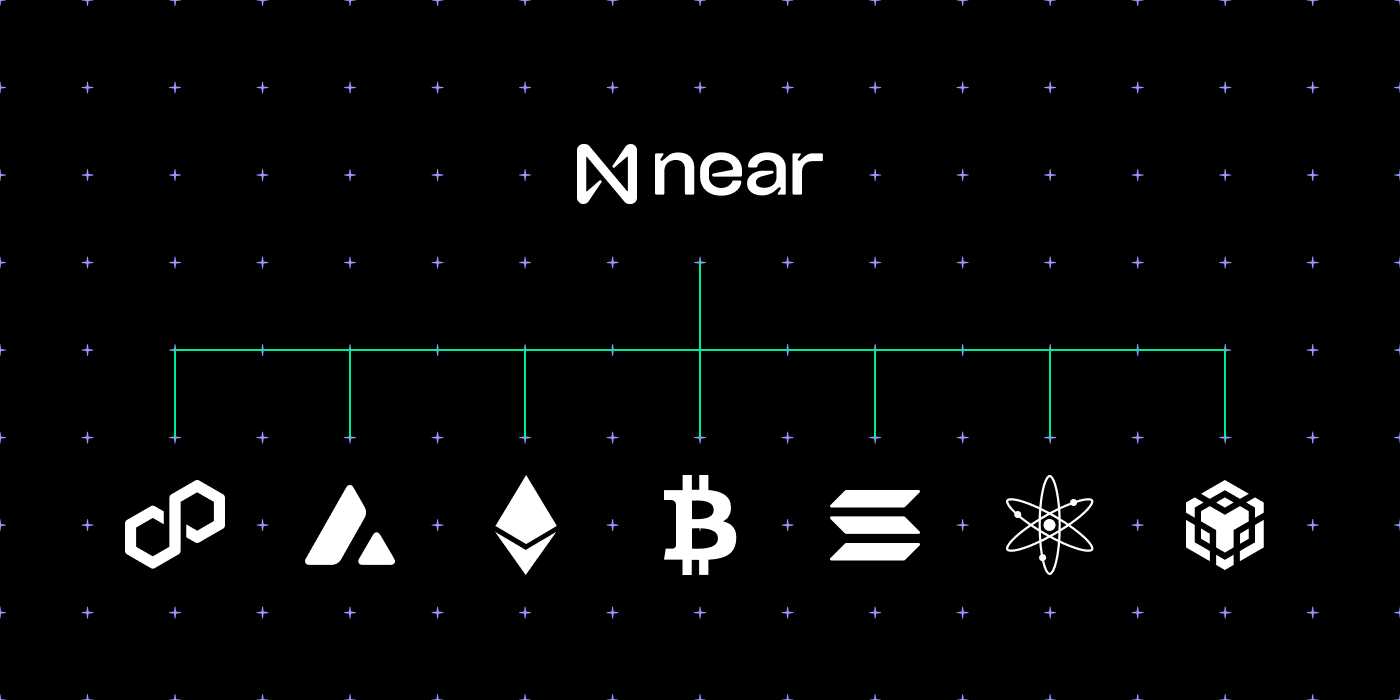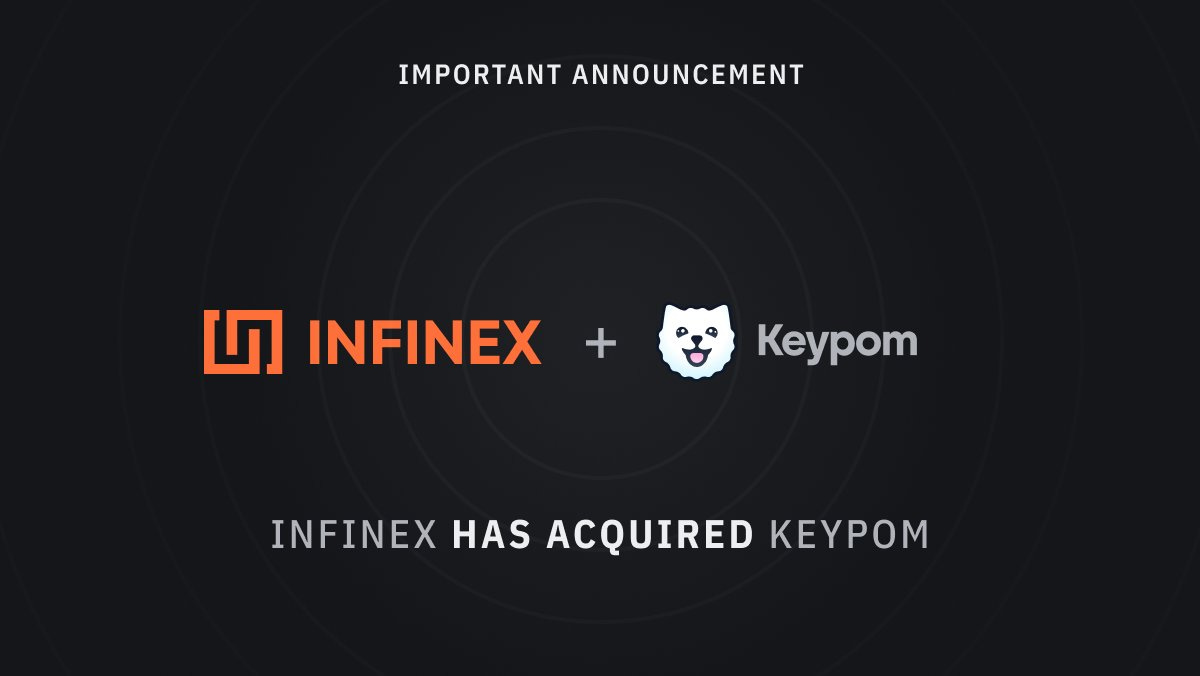【Keypom】Solution to distribute NFT tickets, tokens, and NFTs to users via links / NEAR's access key model is used / @keypomxyz
You can send NFTs and FTs via a link.
Good morning.
Mitsui from web3 researcher.
Today I researched "Keypom".
🐶What is Keypom?
🟢Keypom's transition and NEAR's chain abstraction
💬The ground is being prepared for everyone to participate in web3
🐶What is Keypom?
"Keypom" is a solution that allows users to distribute NFT tickets, tokens and NFTs using linksthat leverages the NEAR blockchain technology to make it easier for more users to participate in crypto.
Seed phrases, private keys, transactions, and other complex elements can all be abstracted from the end user, without being on-chainprovides a means to use Dapps.
Keypom works based on NEAR's proprietary access key model that greatly enhances the flexibility of the end-user experience.While other solutions existed, such as the ability to send FTs and NFTs via links, many of which had a pattern of sending users pre-created wallets, Keypom allows you to provide users with a special type of access key that can be converted into a wallet.This key can be embedded in a simple Web2-style link that, when clicked, allows the user to enter the account ID to be created.
The advantage of this approach is that the end user can customize the wallet with any name they wish, rather than being provided with a pre-created account.
In addition, past solutions required a minimum of $1 NEAR to be attached if you wanted to create a link drop.This was costly and scalable for projects that wanted to onboard large amounts of NEAR.Keypom, on the other hand, is highly optimized to keep costs as low as possible.
Four specific drop types exist.The basic form is that you can distribute NFTs and FTs, which can also be customized with time settings, subscription payments, participation in DAOs, etc.
The actual distribution screen looks like thisUsers click on the link to select an existing wallet or create a new one.
🟢Keypom transition and NEAR chain abstraction
Keypom was first presented at NEARCON in 2022.
NEAR has been particularly active in the context of chain abstraction and account abstraction over the last 1-2 years, and the chain as a whole has been developing in that direction.
For example, Meta Transaction, which allows users to perform transactions on NEAR without having to own gas or tokens,
Chain Signatures, which allows all accounts, including smart contracts, to sign and execute transactions across multiple blockchains,
There is a key management system, FastAuth, that allows users to recover or sign up for a NEAR account using their own email address, and NEAR DA, which provides its own DA layer.
Keypom is following in these very footsteps of NEAR, developing solutions that allow anyone to access the web3 world.Because of this philosophy, the API is currently free and open to all.
Keypom has announced that it will be acquired by Infinex in December 2024.
Infinex is a wallet solution that provides secure cross-chain wallets supporting seven EVM and non-EVM blockchains, including Ethereum and Solana; like Keypom, it touts simplicity; and like Keypom, Infinex is a leading provider of cryptocurrency protection and security solutions.
This strategic acquisition will significantly enhance Infinex's NEAR chain signature development and accelerate support for major crypto assets such as Bitcoin, Litecoin, and DOGE.
💬The ground is being prepared for everyone to join web3
Finally, a consideration.
Technical aspects aside, Keypom is a very straightforward product.FTs and NFTs can be sent via a link, and users can seamlessly create a wallet upon receipt.
While I say it is easy to understand, there are actually surprisingly few products like this.When doing some kind of airdrop, it was necessary to prepare a wallet on the user's side in advance.Alternatively, a WaaS service had to be built into the service to make it easy to create a wallet via social login, etc. The former pattern requires a lot of effort on the part of the user.
The former pattern is labor intensive for the user, and it is quite difficult to have a wallet created in advance for distribution to general users who do not own a wallet in the first place.In addition, it is difficult to have the wallet created on the spot when you want to distribute it on the spot, for example, as a substitute for POAPs at an event.
The latter pattern is not that difficult since it is a Web2-like onboarding, assuming you can create a wallet with social login and get NFTs and FTs, but it simply takes time and money to develop.It could not be used for rough use cases such as adopting tickets, increasing the number of people participating in a DAO, or distributing POAPs.
Keypom is a very clear and easy-to-understand product that provides a cheap and fast solution for distributing Keypom to a large number of people.And at the foundation of Keypom is the NEAR technology.As I mentioned above, NEAR has shifted from its own L1 blockchain standing to its own position, including chain abstraction and AI, which is unique enough that I would like to research NEAR by itself somewhere.
Not only NEAR, but many blockchains and protocols are lowering the hurdle to create wallets and lowering the cost of gas, which is creating the groundwork for many people to participate in web3.The global web3 population is still very small, so I am very much looking forward to the explosive growth of web3 in the future.
This is my research on "Keypom"!
🔗Reference/image credit: HP / DOC / X
Disclaimer:I carefully examine and write the information that I research, but since it is personally operated and there are many parts with English sources, there may be some paraphrasing or incorrect information. Please understand. Also, there may be introductions of Dapps, NFTs, and tokens in the articles, but there is absolutely no solicitation purpose. Please purchase and use them at your own risk.
About us
🇯🇵🇺🇸🇰🇷🇨🇳🇪🇸 The English version of the web3 newsletter, which is available in 5 languages. Based on the concept of ``Learn more about web3 in 5 minutes a day,'' we deliver research articles five times a week, including explanations of popular web3 trends, project explanations, and introductions to the latest news.
Author
mitsui
A web3 researcher. Operating the newsletter "web3 Research" delivered in five languages around the world.
Contact
The author is a web3 researcher based in Japan. If you have a project that is interested in expanding to Japan, please contact the following:
Telegram:@mitsui0x
*Please note that this newsletter translates articles that are originally in Japanese. There may be translation mistakes such as mistranslations or paraphrasing, so please understand in advance.


